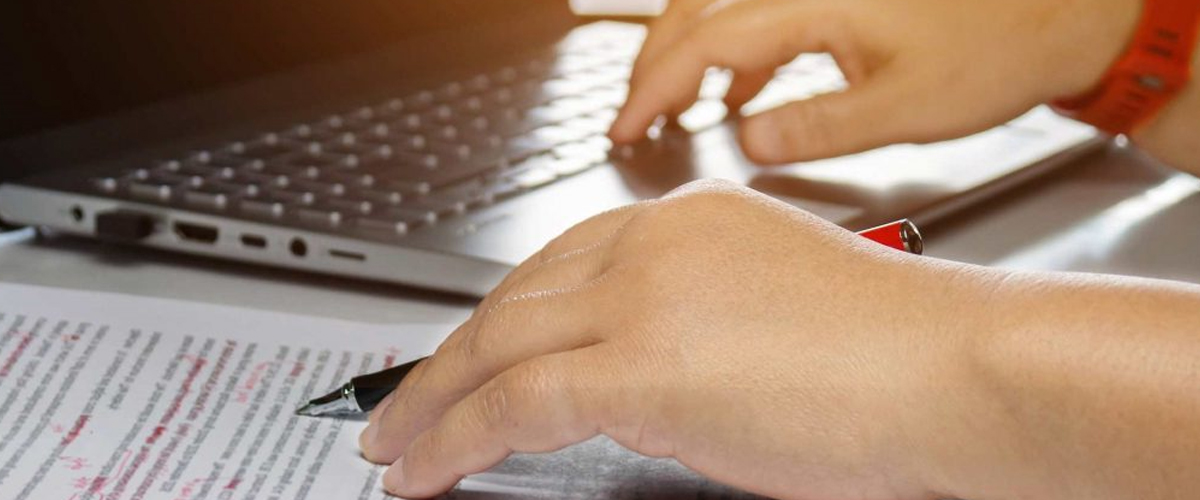The professional translation process includes 3 steps: Translation – Editing – Proofreading (TEP process). Despite commonly mistaken belief that proofreading is an optional step that can be skipped to reduce time and costs, translation experience shows that proofreading must be a mandatory practice to ensure that the translation complies with the output quality criteria.
What is proofreading?
Proofreading is the re-reading of the entire translation to ensure that it complies with the translation criteria. Proofreading is conducted after the translation has been edited by a linguist and a specialist (if any). Proofreading can be done by 1 person or 2 people (parallel proofreading) depending on the requirements and features of the translation.

Requirements for proofreaders
As mentioned in the definition, there are 2 types of proofreading: one-person (solo) and two-person (parallel) proofreading. Proofreaders of both types need to satisfy the following requirements:
- Have sound and in-depth grammar knowledge.
- Have standard language skills.
- Understand the translation content, extensive background knowledge.
- Be a native of the target language.
- Be a careful person, have the ability to read and concentrate on one job for many hours.
- Solo proofreaders do not need to be good at the source language, but being fluent in the source language is also a considerable advantage
In Parallel proofreading, the translation is read aloud by a person with solo reading skills, the other will listen and follow up on the source text to assess the language, understanding and coherence of the translation. In this case, the listener will play the role of language control of the translation.
The role of proofreading
In both of the aforementioned types, the proofreader needs a lot of skills and knowledge related to the translating. Proofreading ensures the translation meet the following translation criteria:
- Readability: The translation is easier to read and understand for the target audience.
- Grammar, punctuation and spelling: Translation is more professional and avoid misunderstandings.
- Style: The language is more appropriate to the type of document, specialization and the intended use.
- Consistency: This criterion is usually guaranteed from the editing step; however, proofreading helps to completely solve the problem of inconsistency.
- Form of the text: The translation is professional and has the same form as the source text (format, font, size, color and image).
- Correct understanding of the translation: That is, the message of the translation must be understood exactly as the message of the source text.
Therefore, proofreading is the step of comprehensively re-analyzing the translation, from the whole to the smallest details, thereby creating a standard translation product.
Through proofreading, errors overlooked by translators and editors have can be detected, such as punctuation errors, typos, or even grammatical errors. Furthermore, a text can be translated by many translators, inconsistencies in word usage and style will also be addressed in this last step.
Proofreading is also important for documents that require the same layout with the source text. Usually, every language has its own different words; therefore, the space for the translated text and the source text is also different. Proofreading helps to detect misalignment of the text and re-align it accordingly.
For documents that need re-alignment, the proofreader needs a printout of the source text to easily detect differences in font or the position of paragraphs and images between two texts.
Proofreading is an important step in the translation process. Even though it is time-consuming, causing delays in delivering the translation to the client, this step cannot be skipped.